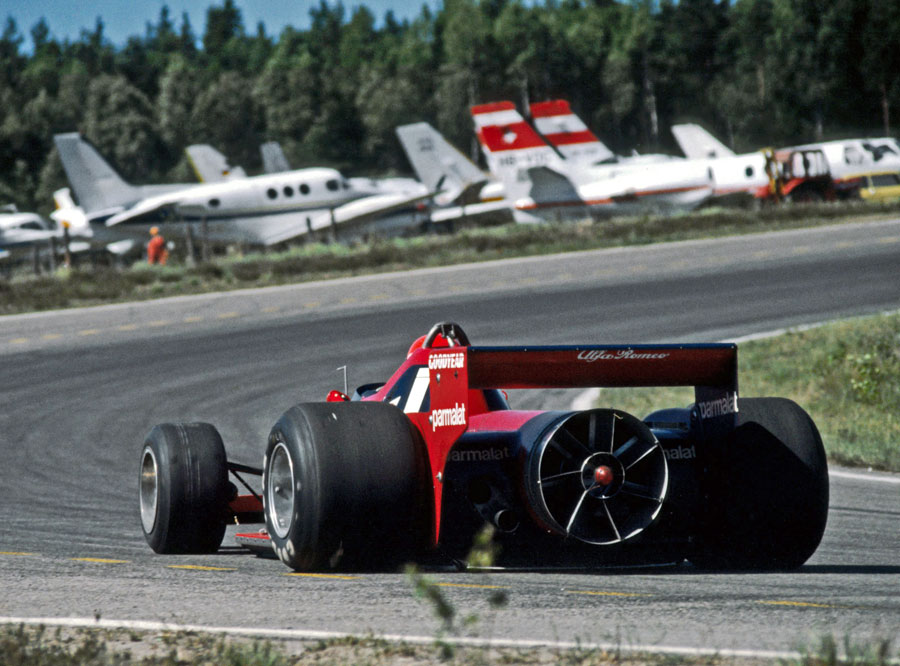trinidefender wrote:Here is something that people can get data for and analyse when it comes to across grid downforce reduction levels (through seasonal regulation changes) and overtaking numbers. The best race to look at on the calendar so far would be Mexico, followed a long way by Brazil.
It was reported that through larger outlets and increased cooling packages to keep the cars cool in the thinner air and reduced downforce levels also from the less dense air that downforce decreased by 25-30% if I remember correctly.
Go forth and have fun looking at overtakes in that race, lap times etc. I seem to remember Checo and Jensen pulling off a few decent overtakes there.
Yes of course, but it's not the same as regulatory-wise reducing downforce. What you have in Mexico is making each and every aero device of the car more aero neutral. If the theoritically the car ran in a vacuum, it would be generating zero downforce (aside the fuss of the driver suffocating and the engine not starting at all, but whatever).
However, regulation changes up until now were nowhere close to such an evenly reduction in downforce. Usually the FIA would point to a specific part and reduce it's angle or size, neglecting what the effect would be in the complete aero system of the car i.e. removal of the beam wing causing reduced turbulent to be directly send into the path of the trailling car, causing it to loose downforce a lot even though turbulent airflow is reduced.
My personal opinion on the matter is that these cars handle turbulent airflow that poorly, that if you increase downforce with specific attention paid to getting turbulent airflow out of the path of the trailling car, you would have a better situation then we have currently.
I am neither necessary supporting to increase downforce through placing a fan. It ran exactly one race, so we do not know the first thing about the implications. It sounds nice on paper from the armchair, but a fan will not stop a car from producing turbulent airflow a trailling car has to deal with (and a fan would increase the mass flow immensily, leading to a big increase in turbulent flow as well). In my view you'd have to pretty much standarize the car to make it work because even if a fan can overcome turbulent flow, you can't have other aero devices which are not powered by a fan as these will be subject as well to the mass turbulent flow.


